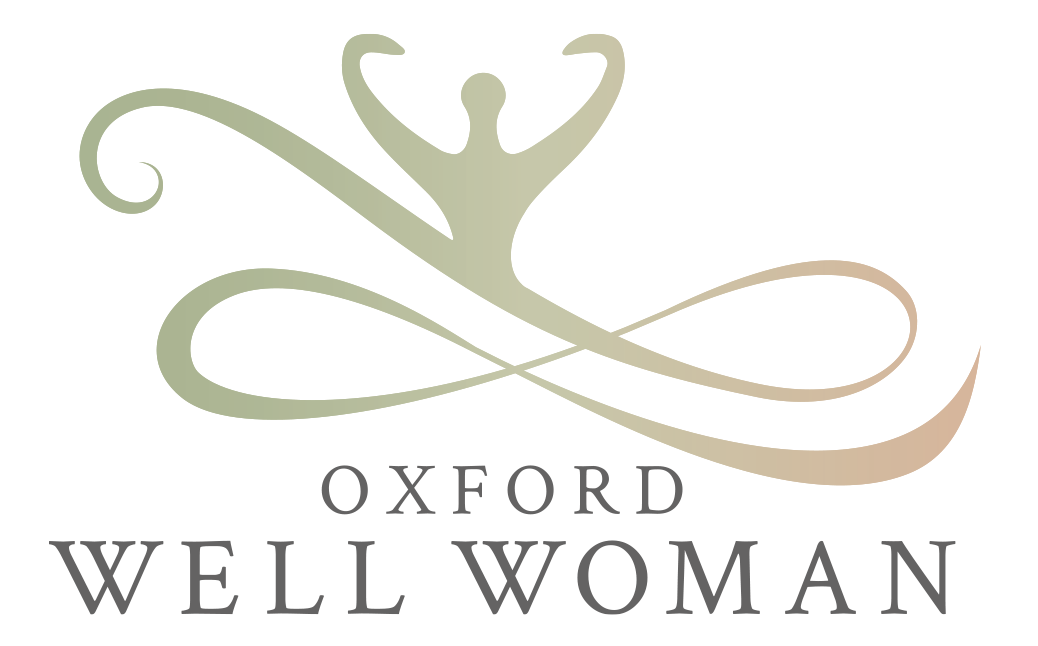WHEN PREGNANCY ENDS
Love and care through miscarriage and abortion
Anyone going through abortion or miscarriage discovers worlds of experience that can be physically and emotionally challenging, painful and sometimes revelatory. We have an unfortunate tendency to dismiss the experiences of a pregnancy not brought to full term when in fact its stages parallel those of any other pregnancy. When we recognise those parallels we can see that the care a person needs through the stages of miscarriage or abortion is by and large the same as in a pregnancy carried to full term.
When a woman is having a baby she is pregnant- her progesterone is at an all time high, her breasts may be enlarged and tender and she will need a lot more sleep. Then the baby is born. This is followed by her postpartum period where hopefully she is given lots of support and help to rest and recuperate. Like birth, miscarriage and abortion are also a “pregnancy release”. The term itself promotes awareness that the person experiencing the processes has had a legitimate pregnancy, not ‘just’ a miscarriage or abortion. People who have a miscarriage or abortion have an intrapartum period, a pregnancy release and a postpartum period. The concepts that doulas and birth workers use are applicable to the full spectrum of pregnancy release.
When a woman is in labour she needs the special love hormone, oxytocin, to be in full swing. For this to happen she needs privacy, safety, comfort, relaxation and familiarity. These are exactly what any woman experiencing a pregnancy release needs for a more comfortable and held experience. A woman going through an abortion or miscarriage needs whatever works for her to encourage the release of love hormones in her body. The following are helpful tools for any pregnancy release;
Movement. Swinging hips, rocking, dancing, walking. Anything to help ease the descent of the products of conception.
Visualisations. Imagining an opening lotus flower can be helpful. The body follows the mind.
Breathing. Long slow out breaths whilst keeping shoulders dropped to relax. A relaxed body finds it easier to “open”.
Music. Familiar soft, rhythmical tunes to soothe the mind and get out of “thinking brain”
Heat. Warm bath or hot water bottle to ease cramps.
Aromatherapy. Lavender and rose are wonderful for any feminine transition.
Touch/Massage. Oxytocin thrives through gentle touch.
After a pregnancy release of any kind a woman is in a postpartum period. The requirements are the same; maybe child care needs to be organised, meals have to be planned and activities restricted to what is restful. Ideally, a woman will give herself 30-40 days of rest so that she can rest and recover. Four main principles of postpartum care are relevant for any pregnancy release:
Nourishment . Warming foods like porridge, soups and stews. Bone broths and iron rich foods such as lentils and dark leafy veg.
Rest . Midwives often say “three days in the bed, three days on the bed and three days around the bed.” This is relevant for all pregnancy releases.
Warmth. Hot water bottles and heat pads on the belly and lower back help to relax the organs and muscles. This all increases blood flow, essentially for healing and
infection prevention.Touch. Maya Abdominal massage is a lovely way for a woman to connect with her reproductive organs in a positive way all whilst increasing the flow of blood, lymph
and energy to her vital centre.
Ending or losing a pregnancy deserves respect, community, support and dialogue. With holistic education and attentive support we can help to alleviate suffering and nourish women leaving them feeling rested, nurtured and empowered.

